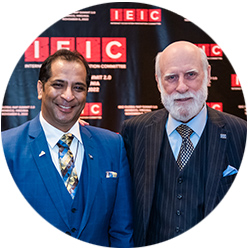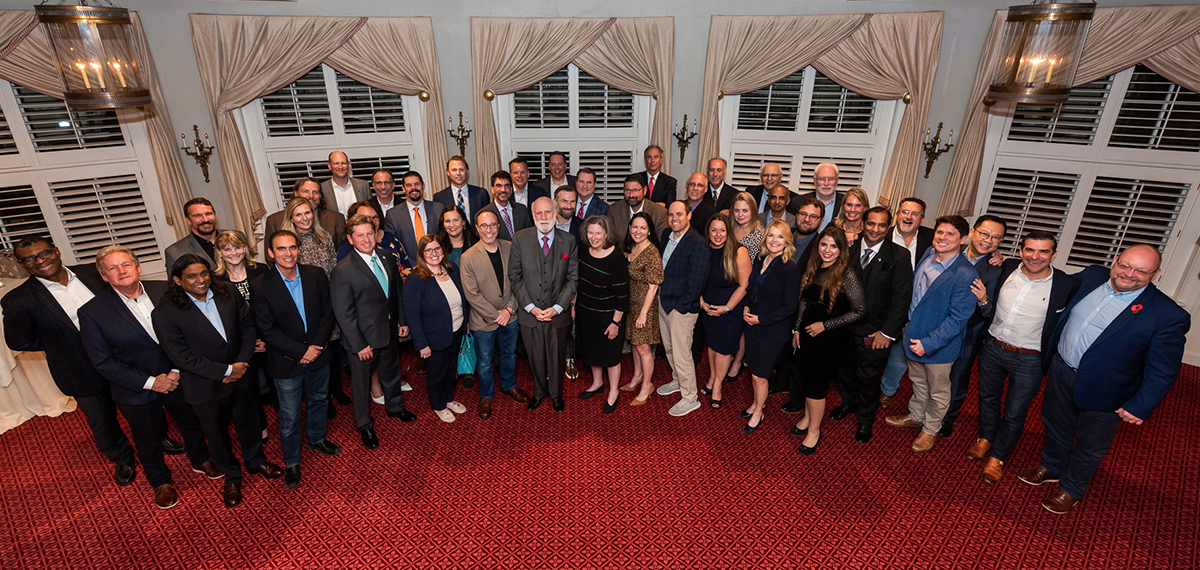
IEIC: The Global Committee Promoting Internet Diversification
PUBLISH DATE: 30th APRIL 2023
CO-AUTHORS:
Key lessons learned from the IEIC Global NAP Summit 2.0
As digitalization is happening at an unprecedented pace across all industries and facets of our lives—including, but not limited to, automobile, finance, academia, banking, healthcare, and hospitality—it is crucial that the Internet’s underlying infrastructure is able to support and sustain this continued rapid growth. Fortunately, the Internet is not controlled by any one governing body, so we must ensure there is adequate infrastructure in all corners of the world to support such mission-critical expansion in an equitable, consistent way.
The Internet Ecosystem Innovation Committee (IEIC) is an independent committee working to propel the digital economy in both local and global ways by creating more sustainable, supportive, and diverse interconnection infrastructure. It promotes Internet diversity by forming global Internet nexus points and utilizes innovation and influence within the committee’s collective participants and industries to harden Internet infrastructure geographically and ensure the Internet will continue to stimulate economic development opportunities in communities around the globe.
IEIC Global NAP Summit 2.0
On November 8th, 2022, IEIC organized the IEIC Global NAP Summit 2.0 in Henrico, Virginia. The speakers included over 35 industry luminaries from six continents across the entire spectrum of digital infrastructure (e.g. data centers, subsea cables, terrestrial fiber, Internet Exchange, and various other networking companies) and from both public and private sectors. With the goal of understanding, forecasting, and strategizing about the digital infrastructure of the future, these market leaders shared their views and perspectives on the importance of Internet diversification, bridging the digital divide, and encouraging public/private collaboration, as well as how the development of digital infrastructure can be the catalyst of regional economic growth.
Key topics of discussion included:
- Why resilient, diverse, decentralized Internet infrastructure matters;
- The rapidly evolving global infrastructure landscape and future potential global Internet hubs;
- The importance of latency, Edge data centers, and cloud security;
- Digital-infrastructure-driven economic growth;
- Accelerating digitization across multiple industries;
- Why subsea cables are a catalyst of the digital economy; and
- The impact of underlying digital infrastructure on new technologies like AI and the IoT.
The summit also culminated in the ribbon cutting and reception for DE-CIX Richmond, the world’s largest data center-neutral and carrier-neutral Internet Exchange that offers multi-service interconnection services.
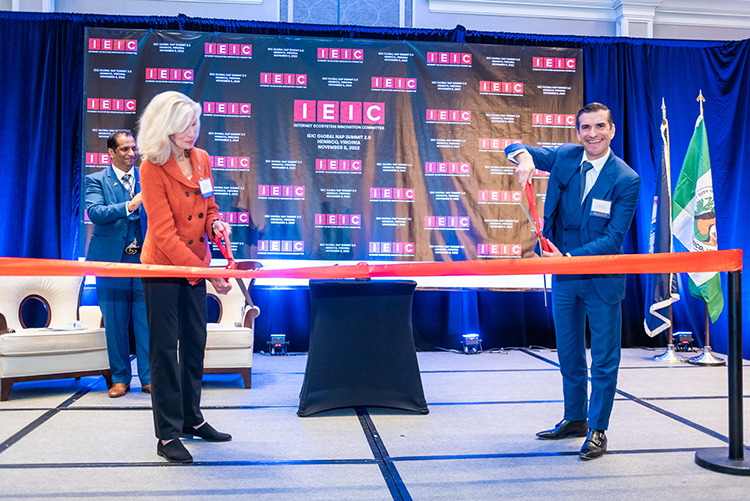
“This ribbon cutting symbolizes that Virginia is now the hub of a premiere interconnectivity ecosystem that embodies Dr. Cerf’s vision for fast, reliable, and resilient interconnection across the globe.”
— Lyn McDermid, Secretary of Administration for the Commonwealth of Virginia
“We are thrilled to bring our platform to this very important market, supporting the further digital transformation of Virginia. Not only traditional network providers, but also enterprises—in Virginia and beyond—are in search of simplified, flexible, secure, and high-performance solutions that support their connectivity needs in an agile manner, now and for the future. DE-CIX Richmond delivers robust and low-latency connectivity to clouds and other networks, serving local, national, and international network operators. DE-CIX Richmond is key to creating more distributed and diverse ecosystems on the East Coast, bringing connectivity solutions into the closest proximity of businesses and users.”
— Ivo Ivanov, CEO of DE-CIX
With so many great minds and ideas in one place, this summit served as the perfect melting pot of digital infrastructure expertise, experience and knowledge sharing. From a strategic planning perspective, here are the top takeaways on the industry now and where it’s going.
Exponential Rise in Data
The exponential growth of data and the importance of robust digital infrastructure: our homes will run on IoT devices, autonomous vehicles will accelerate connectivity needs, and every company, regardless of size or industry, will run on a digital backbone. We have to make sure the resources we’re providing achieve safety, security, and reliability goals, as well as accessibility, usability, and privacy requirements, or people won’t feel or be comfortable and safe using them on a daily basis.
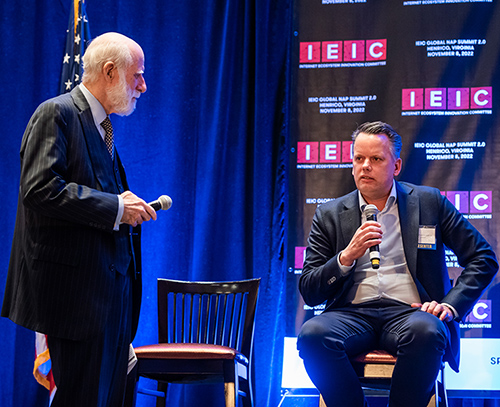
“Co-opetition” Fuels Digital Infrastructure Growth
In this industry, everyone is a potential partner, and “co-opetition”—cooperating with a competitor to achieve a common goal or get ahead—defines the market.
“This entire industry is made of problem solvers,” said Staffan Göjeryd, CEO of Arelion. “Finding solutions isn’t necessarily the issue; ‘what is the next problem’ is the main challenge.” All players in our industry need to work together in order to anticipate and address these challenges and advance digital infrastructure goals as a whole.
Market Moves Fast and Often on Handshakes
The digital infrastructure marketplace appears to operate as an entrepreneurial network. One speaker speculated that 80 percent of the traffic on terrestrial networks does not have a formal contract between parties. Players travel extensively and often meet just to make things “happen.”
Carrier-Neutral Matters
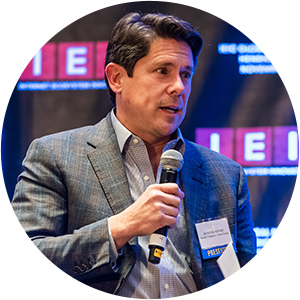
One of the keys to Marseille’s rise as an international digital infrastructure connection hub was that the city became the world’s first neutral subsea landing point.
Speaking on the need for more neutral interconnection hubs, CEO of Newby Ventures, Hunter Newby, explained: “It’s about bringing the essence of neutral interconnection out to where it’s needed. Neutral interconnection real estate solves the broadband problem, because if you have a neutral landlord, you have a place where the content providers can put their equipment, where the local metros and fiber-to-the-home can be, and where the long-haul can meet.”
Real Intentionality Creates Interconnection Hubs
Proactive, intentional market development is at work in the development and growth of major international digital infrastructure connection hubs. Hong Kong’s data centers and terrestrial network joined together to buy land in order to create a carrier- and cable-neutral subsea landing point. Once the cable owners and operators came ashore, it was an open market.
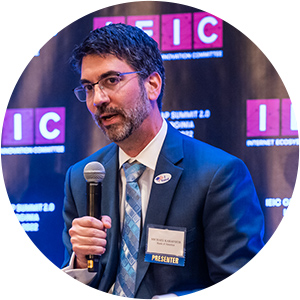
As the world’s digital infrastructure continues to expand, many embryo sites are emerging, especially as political affairs and coastal protection can affect landing site opportunities (as is happening in the US). For example, according to Raymond Tong, CEO & Executive Director of SUNeVision: “Geopolitical tension cannot stop data traffic—data will always find a way to keep growing. Regional cable is able to take advantage of that situation, so we’ve seen a number of Southeast Asia cables trying to accelerate plans to land their systems in Hong Kong, and we’re welcoming that.”
This intentionality implies to data, too. Michael Karafotis, Managing Director of Data Quality and Control at Bank of America, stated: “The information part of ‘information technology’ is taking over. Now we’re worried about data debt because our technology collects a lot of information. And if we’re not being very intentional about what that data is, how it’s used, and how we’re managing it, it can cause problems.”
Today’s Subsea Cable Network is Sub-Optimal
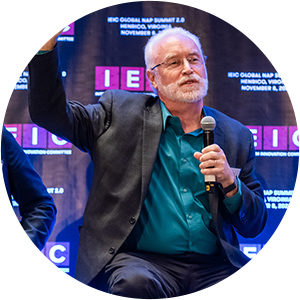
There’s an axiom in the digital infrastructure industry that the layer below will always be there. In other words, you can count on a growing robust network based on what’s already there. The one exception, however, are subsea cables. Many subsea cables are legacy systems that are approaching the end of their useful 25-year lifespan and like all under-water infrastructure they are vulnerable to cable breaks and outages due to external aggression.
Steve Alexander, CTO and Co-Founder of Ciena, weighed in on infrastructure reliability and accessibility. “We need to be all about capacity, driving cost down, and making resilient infrastructure simpler and easier to deploy—that’s a big part of making infrastructure inclusive.”
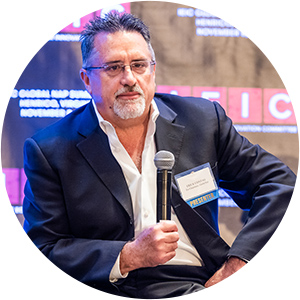
“Previously many of the subsea cables that were built were built to connect people, or to connect networks. One of the changes that we’ve seen over the last several years in particular is that hyperscalers want to connect data centers. The amount of traffic they have going through those same cables is significantly larger than what we had before, so we also have to reconsider both the capabilities of these cables and the hubs where they are connecting,” said Erick Contag, Ex-Chairman of GlobeNet.
Evolving Financing Landscape
Digital infrastructure’s compound annual growth rate (CAGR) is running above ten percent. Hyperscalers need to grow their own digital capacity, and they are investing billions to create it. Likewise, the passage of the Infrastructure and Investment Jobs Act in the US brings with it billions in new investments for things like improving cybersecurity defenses, enhancing government digital services, expanding broadband and closing the digital divide, and much more. 700 million USD is being directed to Virginia alone for expanded broadband.
In speaking of this investment, Jason El Koubi, President and CEO of the Virginia Economic Development Partnership, said, “It’s been an incredible success story, not just because of the innovation and the overall environment, but also the partnerships that exist to nurture the development of this infrastructure and this industry and keep it growing for decades to come.”
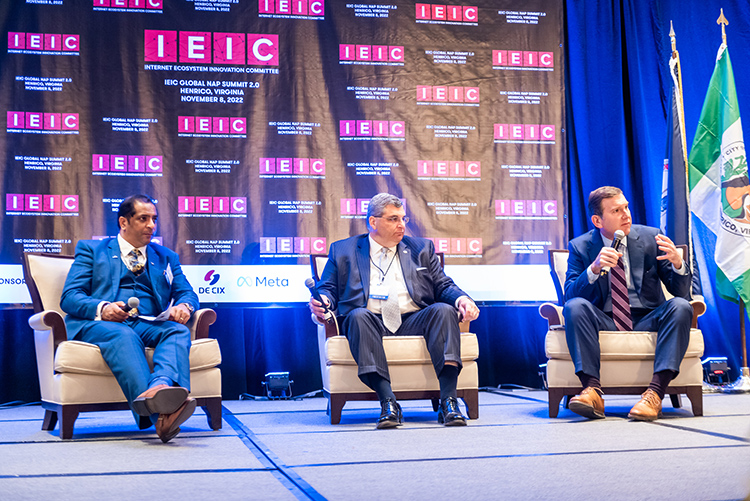
Anthony Romanello, Executive Director of the Henrico Economic Development Authority, added, “If you’re doing cross-Atlantic activity—if you’re connecting to Europe, Africa, South America, and to Asia—you’re going to come through Henrico.”
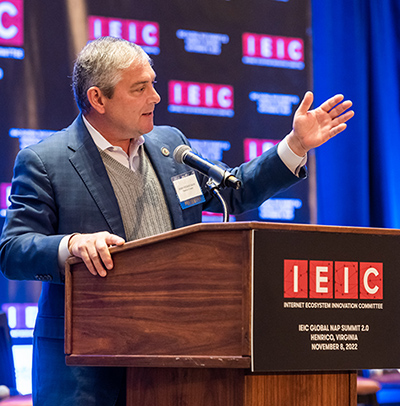
Attracting New Talent
One of the topics that continued to surface in the panel discussions was the need to attract the next generation of leaders in the digital infrastructure industry. More awareness and educational opportunities are needed, including a more trans-disciplinary approach to curricula and more real-world experience opportunities.
At this summit, we had the pleasure of welcoming several students from Deep Run High School, a local Henrico County public school Brendan Malaugh, Ximena Gomez De Dios, Crystal McEnhimer, Maggie O’Leary, and Talaal Maxood. Even small efforts of community engagement can make a big difference in developing more awareness of and engagement with the industry.
“Education is the most important thing that we can do—the most important service that we can foster,” affirmed John Vithoulkas, County Manager of Henrico, in his opening address.

Caren Merrick, Secretary of Commerce and Trade for the Commonwealth of Virginia, also spoke to educational needs. “While there’s still a big need for more traditional STEM jobs like software developers, data scientists, and engineers, every business still needs people in other departments, like communications, operations, HR, and customer service.
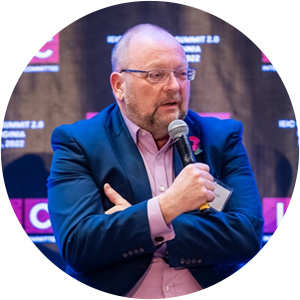
Coming of Age of Digital Infrastructure Industry
The early development of our industry was very siloed, and independent efforts defined the categories (e.g. subsea cables, data centers, and terrestrial networks). Today, these players and investments are coming together. “It’s not about the buildings, data centers, access to sustainable power source, terrestrial networks, etc.; It’s about all of these things crafted together,” said Nigel Bayliff, CEO of Aqua Comms.
Zaid Kahn, General Manager of Cloud, AI, and Advanced Systems at Microsoft, expanded on this point: “Software and hardware are becoming incompatible because software is moving so fast, and infrastructure is moving slower.” We need to find ways to interconnect all parts of the process and capitalize on data, particularly in terms of new technology accessibility.
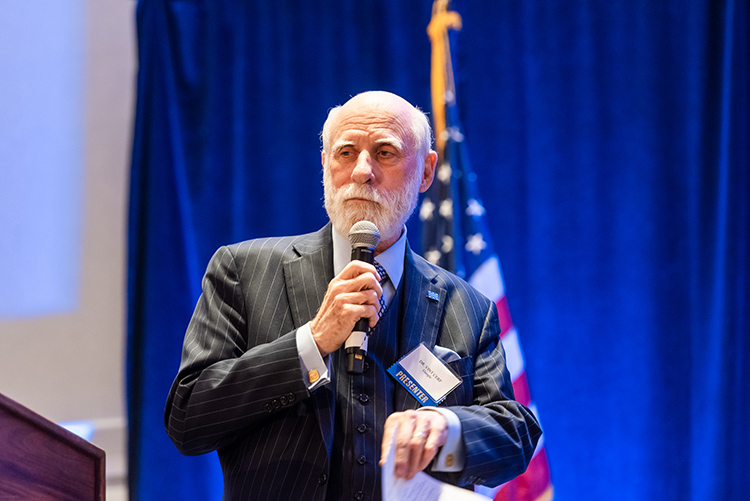
Vint Cerf, Chief Internet Evangelist, Google focused on the core property that makes the Internet the Internet. “Connectivity is everything. In the early design of the Internet, it was concluded that anything on the Internet should be able to interconnect with anything else, including all the networks and their edge devices: data centers, host computers, desktops, laptops, pads, smart phones and Internet of Things devices. That is still the essential property of the Internet today in the 21st Century.”
